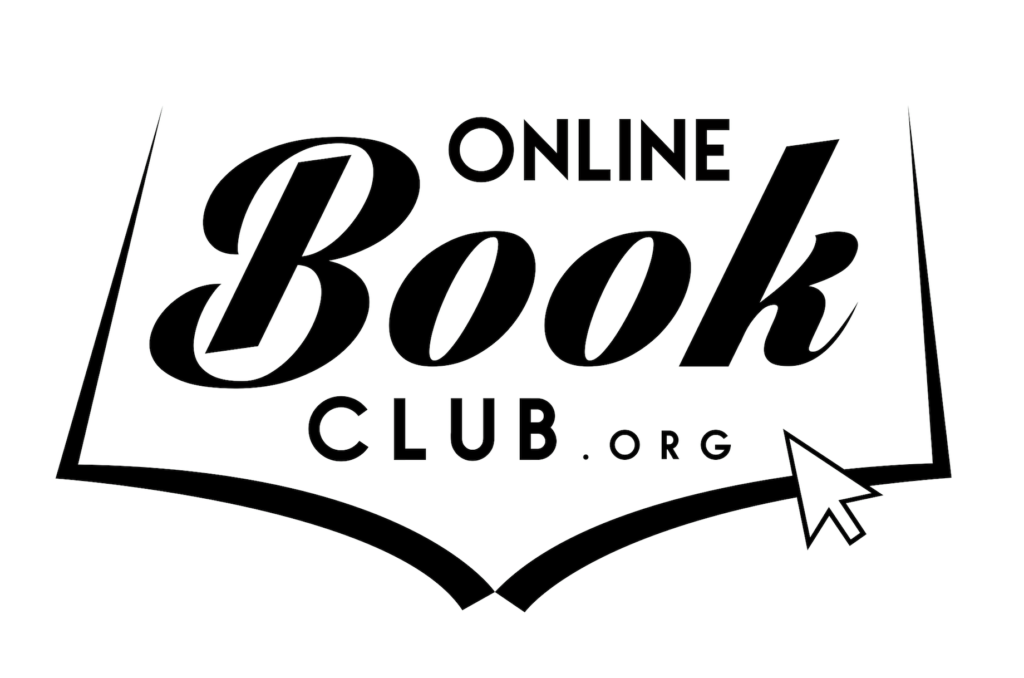www.quinnythebook.com
Prelude
“Quinny: A Father and Son’s Brave Journey of Sacrifice and Forgiveness” is not a popular crime drama but the true story of events, as told to the author, Matthew Hutcheson. The author compares Quinny and Wakado’s story to the Valjean-Champ Mathieu story in Hugo’s “Les Miserables.”
_________
Review
“The following day, Wakado invited me into his cell, and there he told me the most heart wrenching, yet potentially redeeming story I may have ever heard. His life’s secret, carried and hidden deep in his soul, was released for the first time since the tragic incident on December 8, 1999.”
Most of us have watched movies or episodes featuring confessions obtained under duress. However, Quinny: A Father and Son’s Brave Journey of Sacrifice and Forgiveness is not a popular crime drama but the true story of events, as told to the author, Matthew Hutcheson. Wakado and his son, Quinny, who was only seventeen at the time, were arrested for a crime that few of us would have been able to prevent under similar circumstances. Set in the scenic White Mountains of East Central Arizona and steeped in Native American culture and traditions, the timeline alternates between father and son, past and present. As the story unfolds, readers will witness Wakado’s ultimate sacrifice of love for his son.
I am not always a fan of alternating timelines, but it works in this instance, as the author clearly defines the place and times to which he refers. The book is organized and well-written, and the author does a great job of revealing just enough of the mystery to keep it engaging. He also allows the reader to see Wakado and Quinny as the people they are, rather than characters in a story. Although not every question is answered by the end of the book, the author explains that he is honoring Wakado’s request out of respect for the people involved. Even so, the ending is satisfying and redemptive.
As I knew very little about Native American culture, I particularly enjoyed portions of the story that highlighted topics in Wakado’s background, such as his childhood, housing, and schooling. I found it fascinating that children as young as two years old were taught to distinguish edible from harmful plants. Wakado’s description of the building process known as “sandwich houses” was also interesting. On the other hand, it was sad to read about families being split apart as a result of the government’s Indian Relocation Program. Often, couples divorced due to being out of their element. Children were separated from their families and sent to boarding schools. When Wakado was only six, he was sent to California as an exchange student to live with a Church of Jesus Christ of Latter-Day Saints family. Although this was a common practice at the time, I couldn’t imagine putting my six-year-old child on a bus to California–much less having him live with another family for the school year.
Although the injustices that Wakado and Quinny suffered were difficult to read about at times, there wasn’t anything about the book I disliked. I recommend it to fans of true crime stories and readers who enjoy stories with a redemptive message. It will also appeal to readers who are interested in learning more about Native American culture.


Hello mates, how is everything, and what you would like to say regarding this piece of writing, in my view its genuinely amazing designed for me.